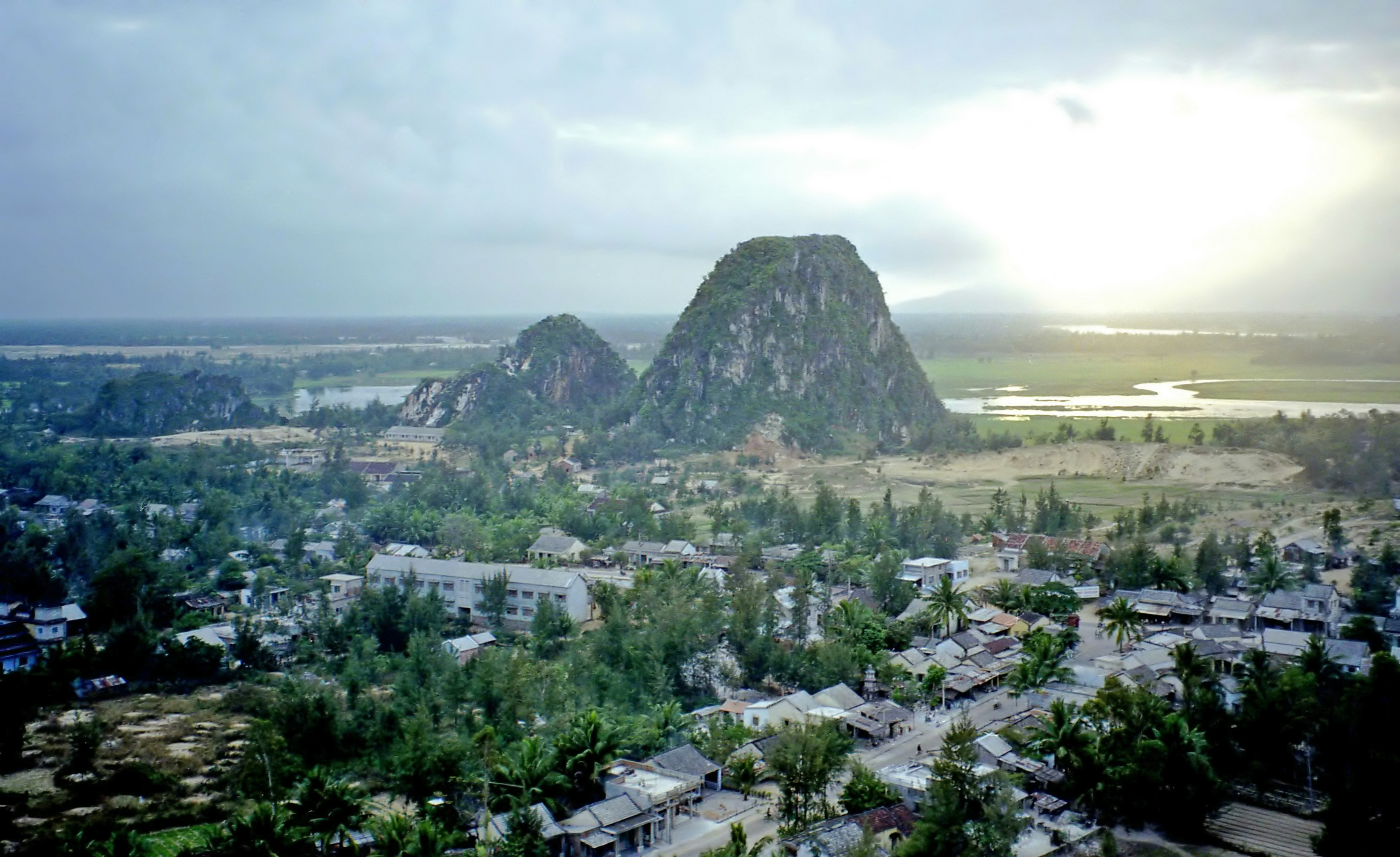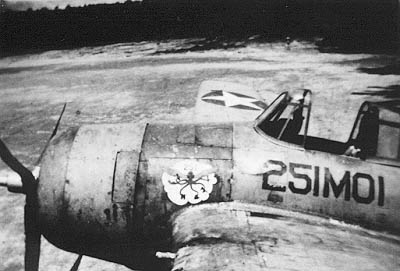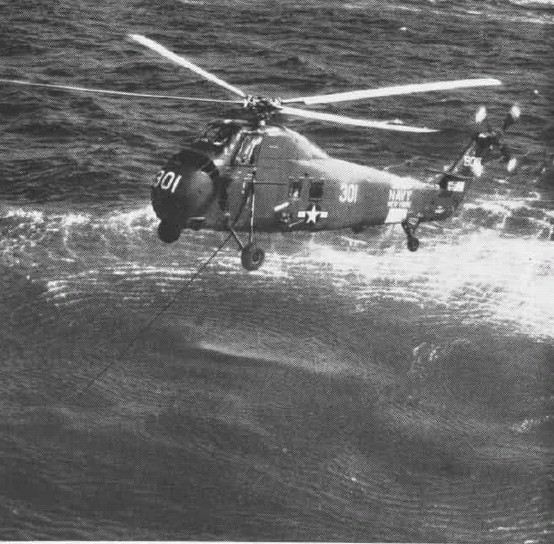|
MMAF
Marble Mountain Air Facility (MMAF), also known as Da Nang East Airfield, Marble Mountain Army Airfield and Nuoc Man Airfield, was an aviation facility used primarily by the United States Marine Corps during the Vietnam War. It was a helicopter facility that was constructed in August 1965 and served as home to Marine Aircraft Group 16 (MAG-16), the 5th Special Forces Group (United States), 5th Special Forces Group and an assortment of other squadrons until May 1971. It was controlled by the United States Army from May 1971 to August 1972 and finally by the Republic of Vietnam Air Force (RVNAF) from 29 August 1972 to 29 March 1975 when it fell to the People's Army of Vietnam (PAVN). It was in Quảng Nam Province southeast of Da Nang Air Base on a strip of beach between My Khe Beach, China Beach and the Marble Mountains (Vietnam), Marble Mountains. History On 28 July 1965, President Lyndon B. Johnson announced that the U.S. would increase the number of its forces in South Viet ... [...More Info...] [...Related Items...] OR: [Wikipedia] [Google] [Baidu] |
Marine Aircraft Group 16
Marine Aircraft Group 16 is a United States Marine Corps aviation unit based at Marine Corps Air Station Miramar that is currently composed of four V-22 Osprey squadrons, four CH-53 Super Stallion squadrons, one Personnel Support Detachment, and an aviation logistics squadron. The group falls under the command of the 3rd Marine Aircraft Wing and the I Marine Expeditionary Force. Mission Provide air support to Marine Air-Ground Task Force commanders. Subordinate units CH-53E Super Stallion Squadrons * HMH-361 "Flying Tigers" * HMH-462 "Heavy Haulers" * HMH-465 "Warhorse" * HMH-466 "Wolfpack" V-22 Osprey, MV-22 Osprey Squadrons * VMM-161 "Greyhawks" * VMM-163 "Evil Eyes" (Formerly "Ridge Runners") * VMM-165 "White Knights" * VMM-362 "Ugly Angels" Maintenance Squadron * MALS-16 "Forerunners" History Marine Helicopter Transport Group 16 (MAG(HR)-16) was commissioned on 1 March 1952 at Marine Corps Air Station Tustin, Marine Corps Air Facility Santa Ana, California. MAG-16 was th ... [...More Info...] [...Related Items...] OR: [Wikipedia] [Google] [Baidu] |
Marble Mountains (Vietnam)
Marble Mountains ( vi, Ngũ Hành Sơn; " five elements mountains") is a cluster of five marble and limestone hills located in Ngũ Hành Sơn District, south of Da Nang city in Vietnam. The five mountains are named after the five elements: Kim (metal), Thuy (water), Moc (wood), Hoa (fire) and Tho (earth). All of the mountains have cave entrances and numerous tunnels, and it is possible to climb to the summit of Mount Thuy. Several Buddhist sanctuaries can also be found within the mountains, making this a tourist destination. The area is known for stone sculpture making and stone-cutting crafts. Direct rock extraction from the mountains was banned recently. Materials are now being transported from quarries in Quảng Nam Province. Marble Mountains was officially given the National Special Relic certificate by the Ministry of Culture, Sports and Tourism on January 20, 2019. Vietnam War The mountains were very near the American Marble Mountain Air Facility during the V ... [...More Info...] [...Related Items...] OR: [Wikipedia] [Google] [Baidu] |
RMK-BRJ
RMK-BRJ was an American construction consortium of four of the largest American companies, put together by the United States Navy during the Vietnam War. Its purpose was to build critically needed infrastructure in South Vietnam, so that the Americans could escalate the introduction of American combat troops and materiel into Vietnam. This construction contract, amounting to $1.9 billion (equivalent to $14 billion in 2017 dollars), completed a construction program deemed to be the largest in history up to that time. The consortium derived its name from its four constituent companies: Raymond International, Morrison-Knudsen, Brown & Root, and J.A. Jones. Over the ten-year life of the contract, RMK-BRJ trained 200,000 Vietnamese workers in construction and administrative trades. The use of a civilian contractor and construction force in an active theater of combat operations was authorized for the first time in U.S. history. Construction contract Context In the 1950s, the Uni ... [...More Info...] [...Related Items...] OR: [Wikipedia] [Google] [Baidu] |
HMM-164
Marine Medium Tiltrotor Squadron 164 (VMM-164), is a United States Marine Corps tiltrotor squadron operating the MV-22B Osprey. Known as the ''Knightriders'', they fall under the command Marine Aircraft Group 39 (MAG-39) and the 3rd Marine Aircraft Wing (3rd MAW). They are based at Marine Corps Air Station Camp Pendleton. History Marine Medium Helicopter Squadron 164 (HMM-164) was activated under LtCol. Herbert J. Blaha on 1 July 1964 at Marine Corps Air Station Santa Ana, California as part of Marine Aircraft Group 36 (MAG-36) operating Sikorsky H-34, UH-34s. In August 1965 the squadron transferred to Marine Wing Support Group 37 at Marine Corps Air Station El Toro, California. The squadron received the first Boeing Vertol CH-46 Sea Knight, CH-46A Sea Knights assigned to West Coast squadrons. The squadron had to address various technical teething problems including excessive rotor vibration and sand damage to the engines. In addition as a result of combat experience in South Viet ... [...More Info...] [...Related Items...] OR: [Wikipedia] [Google] [Baidu] |
Boeing Vertol CH-46 Sea Knight
The Boeing Vertol CH-46 Sea Knight is a medium-lift tandem-rotor transport helicopter powered by twin turboshaft engines. It was designed by Vertol and manufactured by Boeing Vertol following Vertol's acquisition by Boeing. Development of the Sea Knight, which was originally designated by the firm as the Vertol Model 107, commenced during 1956. It was envisioned as a successor to the first generation of rotorcraft, such as the H-21 "Flying Banana", that had been powered by piston engines; in its place, the V-107 made use of the emergent turboshaft engine. On 22 April 1958, the V-107 prototype performed its maiden flight. During June 1958, the US Army awarded a contract for the construction of ten production-standard aircraft, designated as the YHC-1A, based on the V-107; this initial order was later cut down to three YHC-1As though. During 1961, the US Marine Corps (USMC), which had been studying its requirements for a medium-lift, twin-turbine cargo/troop assault helicopter, ... [...More Info...] [...Related Items...] OR: [Wikipedia] [Google] [Baidu] |
United States Navy Hospital Corpsman
A hospital corpsman (HM r corpsman is an enlisted medical specialist of the United States Navy, who may also serve in a U.S. Marine Corps unit. The corresponding rating within the United States Coast Guard is health services technician (HS). Overview Hospital corpsmen work in a wide variety of capacities and locations, including shore establishments such as naval hospitals and clinics, aboard ships, and as the primary medical caregivers for sailors while underway. Hospital corpsmen are frequently the only medical care-giver available in many fleet or Marine units on extended deployment. In addition, hospital corpsmen perform duties as assistants in the prevention and treatment of disease and injury and assist health care professionals in providing medical care to sailors and their families. They may function as clinical or specialty technicians, medical administrative personnel and health care providers at medical treatment facilities. They also serve as battlefield corp ... [...More Info...] [...Related Items...] OR: [Wikipedia] [Google] [Baidu] |
VMO-2
Marine Observation Squadron 2 (VMO-2) was an observation squadron of the United States Marine Corps The United States Marine Corps (USMC), also referred to as the United States Marines, is the maritime land force service branch of the United States Armed Forces responsible for conducting expeditionary and amphibious operations through combi ... which saw extensive action during World War II and the Vietnam War. They were based at Marine Corps Air Station Futenma, Japan and Marine Corps Air Station Camp Pendleton, California and saw their final combat in support of Operation Desert Storm in 1991. The squadron was decommissioned on May 23, 1993. Mission Provide aerial fire support spotting and intelligence in support of the Marine Air-Ground Task Force. History World War II and the 1950s Artillery Spotting Division, Marine Observation Squadron 251 (VMO-251) was commissioned at Marine Corps Base Quantico, Virginia, on November 1, 1943. In February 1944, VMO-251 was re-de ... [...More Info...] [...Related Items...] OR: [Wikipedia] [Google] [Baidu] |
Sikorsky H-34
The Sikorsky H-34 "Choctaw" (company designation S-58) is an American Reciprocating engine, piston-engined military helicopter originally designed by Sikorsky Aircraft, Sikorsky as an anti-submarine warfare (ASW) aircraft for the United States Navy. It has seen extended use when adapted to Turboshaft, turbine power by the British licensee as the Westland Wessex and Sikorsky as the later S-58T. H-34s served, mostly as medium transports, on every continent with the armed forces of 25 countries. It saw combat in Algeria, the Dominican Republic, Nicaragua, and throughout Southeast Asia. Other uses included saving flood victims, recovering astronauts, fighting fires, and carrying presidents. It was the last piston-engined helicopter to be operated by the United States Marine Corps, having been replaced by turbine-powered types such as the Bell UH-1 Iroquois, UH-1 Huey and Boeing Vertol CH-46 Sea Knight, CH-46 Sea Knight. A total of 2,108 H-34s were manufactured between 1953 and 1970 ... [...More Info...] [...Related Items...] OR: [Wikipedia] [Google] [Baidu] |
UH-1 Iroquois
The Bell UH-1 Iroquois (nicknamed "Huey") is a utility military helicopter designed and produced by the American aerospace company Bell Helicopter. It is the first member of the prolific Huey family, as well as the first turbine-powered helicopter in service with the United States military. Development of the Iroquois started in the early 1950s, a major impetus being a requirement issued by the United States Army for a new medical evacuation and utility helicopter. The Bell 204, first flown on 20 October 1956, was warmly received, particularly for the performance of its single turboshaft engine over piston engine-powered counterparts. An initial production contract for 100 ''HU-1A''s was issued in March 1960. In response to criticisms over the rotorcraft's power, Bell quickly developed multiple models furnished with more powerful engines; in comparison to the prototype's Lycoming YT53-L-1 (LTC1B-1) engine, producing 700 shp (520 kW), by 1966, the Lycoming T53-L-13, cap ... [...More Info...] [...Related Items...] OR: [Wikipedia] [Google] [Baidu] |
Airport Ramp
The airport apron, apron, flight line, ramp, or tarmac is the area of an airport where aircraft are parked, unloaded or loaded, refueled, boarded, or maintained. Although the use of the apron is covered by regulations, such as lighting on vehicles, it is typically more accessible to users than the runway or taxiway. However, the apron is not usually open to the general public, and a permit may be required to gain access. An apron's designated areas for aircraft parking are called ''aircraft stands''. By extension, the term ''apron'' is also used to identify the air traffic control position responsible for coordinating movement on this surface at busier airports. When the aerodrome control tower does not have control over the apron, the use of the apron may be controlled by an ''apron management service'' (''apron control'' or ''apron advisory'') to provide coordination between the users. Apron control allocates aircraft parking stands (gates) and communicates this information to ... [...More Info...] [...Related Items...] OR: [Wikipedia] [Google] [Baidu] |
Hand Grenade
A grenade is an explosive weapon typically thrown by hand (also called hand grenade), but can also refer to a shell (explosive projectile) shot from the muzzle of a rifle (as a rifle grenade) or a grenade launcher. A modern hand grenade generally consists of an explosive charge ("filler"), a detonator mechanism, an internal striker to trigger the detonator, and a safety lever secured by a cotter pin. The user removes the safety pin before throwing, and once the grenade leaves the hand the safety lever gets released, allowing the striker to trigger a primer that ignites a fuze (sometimes called the delay element), which burns down to the detonator and explodes the main charge. Grenades work by dispersing fragments (fragmentation grenades), shockwaves (high-explosive, anti-tank and stun grenades), chemical aerosols (smoke and gas grenades) or fire ( incendiary grenades). Fragmentation grenades ("frags") are probably the most common in modern armies, and when the word ''gre ... [...More Info...] [...Related Items...] OR: [Wikipedia] [Google] [Baidu] |
Bangalore Torpedo
A Bangalore torpedo is an explosive charge placed within one or several connected tubes. It is used by combat engineers to clear obstacles that would otherwise require them to approach directly, possibly under fire. It is sometimes colloquially referred to as a "Bangalore mine", "banger" or simply "Bangalore" as well as a pole charge. Per United States Army Field Manual 5-250 section 1-14, page 1-12 "b. Use. The primary use of the torpedo is clearing paths through wire obstacles and heavy undergrowth. It will clear a 3- to 4-metre wide path through wire obstacles." Overview The Bangalore torpedo was devised by Captain R. L. McClintock of the Royal Engineers while attached to the Madras Sappers and Miners unit of the Indian Army at Bangalore, India, in 1912. He invented it as a means of blowing up booby traps and barricades left over from the Second Boer War and the Russo-Japanese War. The Bangalore torpedo could be exploded over a mine without a sapper having to approach ... [...More Info...] [...Related Items...] OR: [Wikipedia] [Google] [Baidu] |











